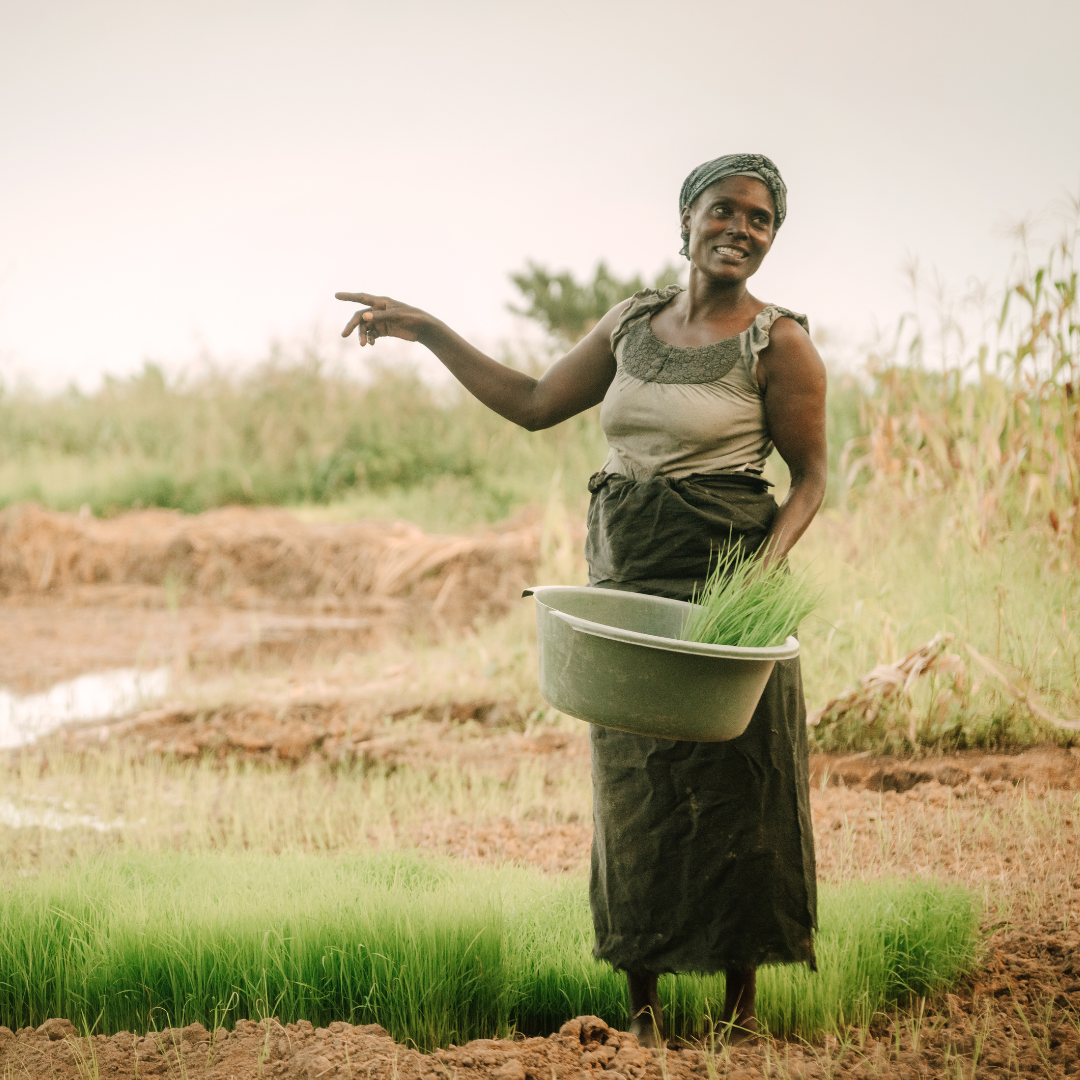IN THIS LESSON
Finding ways to conserve the water you have access to.
Water Source and Availability
First, identify all of the water that might be accessible to you. Some examples are:
Rainwater
Municipal Water
Borehole and artesian wells
Surface water (lakes, rivers)
Then, consider water quality. Might there be contamination, pathogens, toxins, etc. Be aware that these things can leach into your crops and negatively affect your heath, so choose the best water available to you.
Storing Water
Options that you may have available to you:
Tanks
Dams and Ponds
In the Soil! Swales dug on contour like this:
Water Conservation Practices
Back to the soil! Soils rich in organic matter retain more water for longer periods.
Mychorrhizae increase the capacity for storing water in the soil.
Mulch: what types, how much, how often? Living mulch vs. organic matter
Reduces water evaporation
Also acts as a soil buffer, mitigating harmful effects of rain and overhead irrigation, which can splash soil on crops, potentially spreading fungi and pathogens.
Recycling water on the farm—a visual example:



